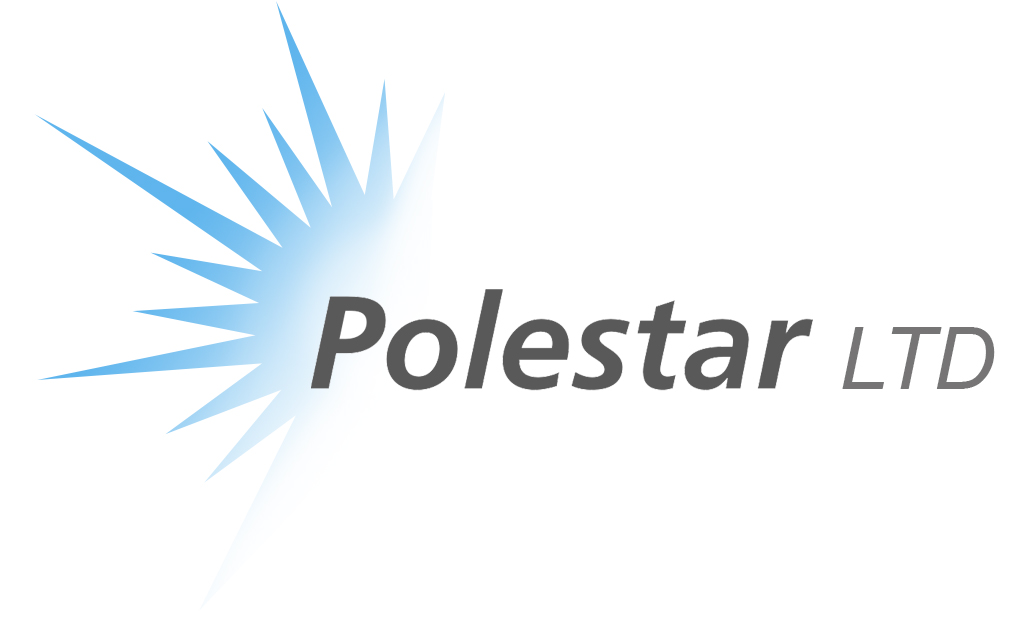TTG Security Printing White Paper
This business card has six different security layers, each printed by common printing methods. Some layers are Overt, some Semi-Covert, some Fully Covert and some Forensically Covert.

DNA molecules specific to that application provide the forensic element. DNA is fully recognized as a “direct pass to prison”, and therefore is a very effective deterrent to forgery. No longer do we follow the historic pattern of security printing as a super secret to protect from public knowledge, but the forensic element is ‘advertised’ and has become the single most effective anti-counterfeiting ink/taggant system.
Counterfeiters have lots of target opportunities and NO WAY to discover or fake a DNA strand.

The layers of security in this card are:
- Visible Overt – blue ink for the common printed characters. A select color with spectral bands of precise narrow color choice printed by offset press. (could be by gravure for the texture effect as in currency).
- Visible Overt and Forensic Covert- hand written signature made with a common fountain pen with store bought black ink with DNA and an IR up-converter that shines green with an up-converter infrared laser penlight. This DNA might be the signer’s DNA as used by artists and sports stars in collectable memorabilia.

- Semi-Covert – invisible marks of black light activated inks. One appearing blue and another appearing red when illuminated with “black” light.

- Semi-Covert – Unique invisible Identifier “waybill” . A number assigned to this card by the originator that may be random encrypted and is machine readable for track and trace purposes and for automatic authentication. This element is another “advertised” feature as with waybills around the world today – a powerful control against piracy or diversion! This mark has been printed with an HP desktop printer with DNA and ir fluorescent taggants. It is sometimes printed visibly too for tracking by the general public. Yet this invisible code has also been developed to be interpreted by special bar code readers enabling Track and Trace.

- Semi-Covert – Invisible to Voice ink – A broad area of invisible offset ink is printed in code that triggers a voice pen to report the authenticity and identity of the card. A new technology that has been printed over much of the background by a conventional offset printing process.

- Semi-Covert and Forensic – One invisible dot of DNA marker pen ink such as used by Collector’s Universe Company to mark the most important historic autographs and objects brought to them for authentication.

In addition, the card could have been printed with several more layers of security.
- The paper used in this case is store bought card stock. It has some “color” character that in many cases would be very special with fluorescentflakes, infrared absorption, or unique coatings.
- The paper could be coated or spot coated with micro encapsulated spheres of invisible size and color containing dyes that can be seen with a special eye glass.
- New color changing inks can provide a very simple and reliable color shift under two kinds of ordinary house light – incandescent looks Tan and fluorescent looks Pink.
- Minute particles of unique materials Tracelesstm can be spread randomly around in the ink or can be applied by Thermal Transfer ribbons.
In all cases the DNA taggant is completely invisible in the field and must be verified by a PCR analysis in a laboratory or near laboratory situation. Hence its Forensic character. It is “verified” in the field by association with various Photonic elements. The PCR test requires that the analyst knows what to look for and must have a pure sample of the original taggant material.
Several of these security features are verified or authenticated by human eye and with the aid of black lights. More secure elements are only seen by more sophisticated electronic devices, and finally bar code readers can decipher codes that provide detailed information to the authenticator.
Each ink taggants group has been developed over many years to be stable in shelf life, printed in conventional print systems, and stable in printed format. Very important new authenticators and machine readable systems can “see” and even collect data as fast and reliably as bar code readers in every day use.
Information printed digitally and traced through the life of the item provides real time transparency to the identity of goods and objects and documents and people.
January 2011
Wendell Smith
wms@polestarltd.com
1 203 550 7278
For further information:
To read more about the Integrated Track and Trace IT Concept to Combat Product Counterfeiting, Pirating, and Diversion see www.photosec.com with other white papers and speeches on the subject. Topics include Background, Opportunity, Market Facts, Solving Brand Owners Problems, Track-and-Trace, Authenticators and Code Readers, and more. Please also see the new Polestar Ltd. web site www.polestarltd.com white papers and speeches on the topic of brand protection through DNA security printing.
About TTG:
Technology Transfer Group is a division of Polestar Ltd. TTG’s consultants have been involved in the security printing business since 1995.
About PhotoSecure DNA Technologies llc;
PSD is the technology company stemming from Boston University Photonics Department. Dr. Gil Jones CTO of the University Chemistry Department is a leading expert in photonics effects and developing new dyes and taggants every month. They are particularly adept at taggant/ink/printer/reader combinations and can bring taggants such as DNA and specialty dyes to invisible marks as used in multilayered security track and trace systems.
